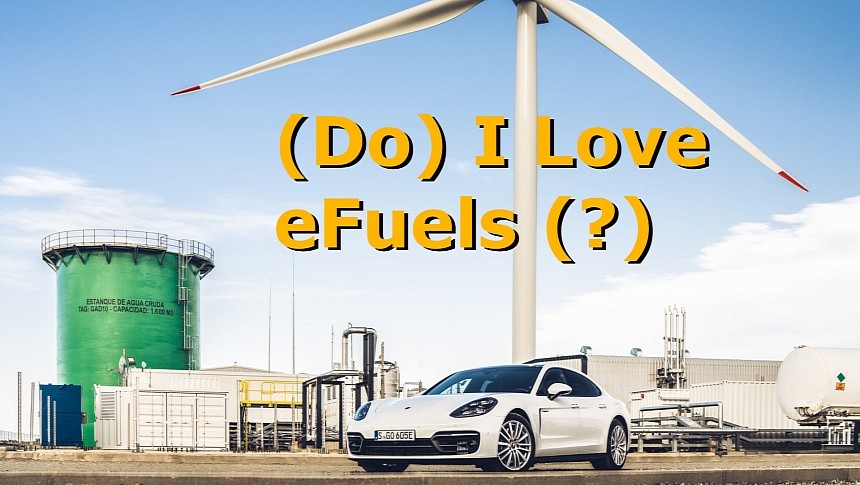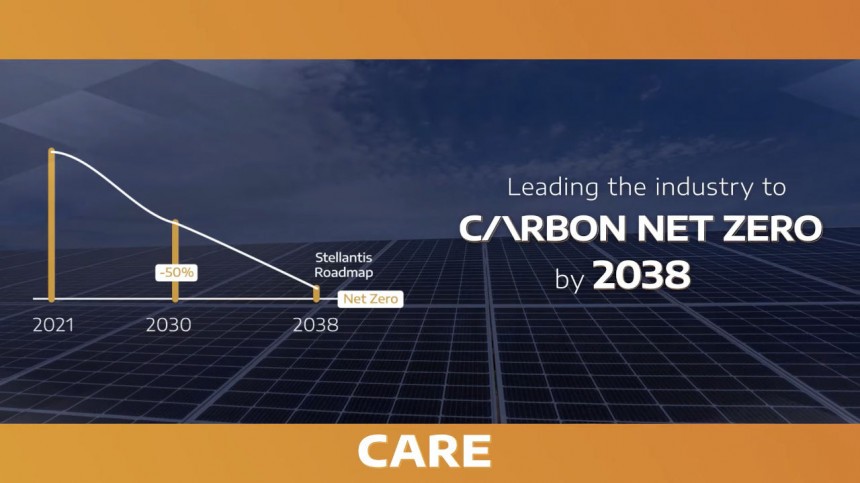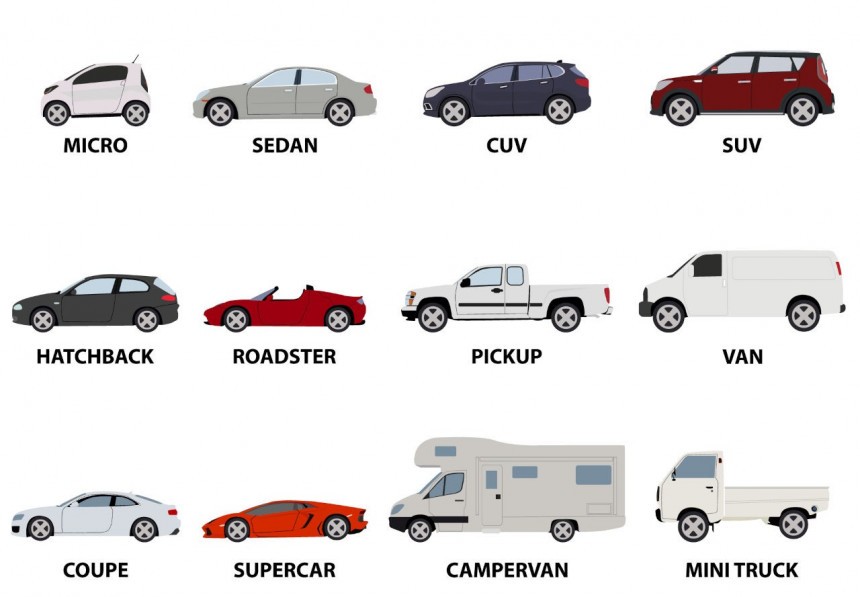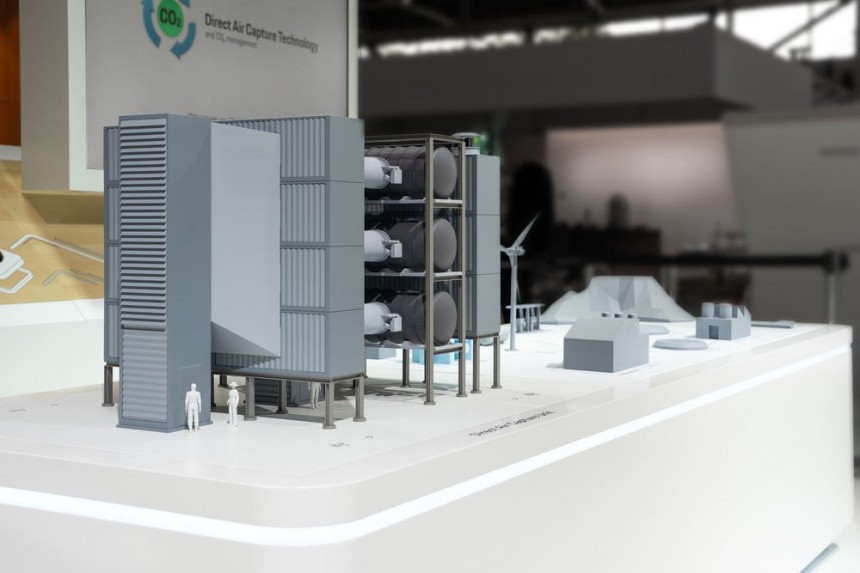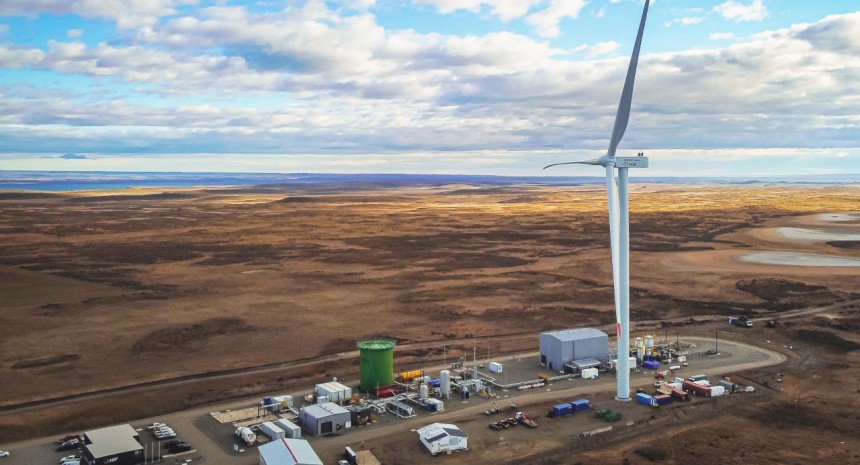In the first part of this material, I told you that the Federal Minister for Digital Affairs and Transport in Germany started an international debate on the importance of e-fuels. Ok, Mr. Volker Wissing, let's continue our discussion about e-fuels, and let's try and find an objective reason to avoid phasing out internal combustion engines in 2035-2040.
While it's true that the current world fleet of 1.3 billion ICE vehicles poses a stringent climate problem, betting big on a technology that still has to prove itself is like walking on thin ice. Especially since battery tech is already a solid option while hydrogen is catching up.
Stellantis is also interested in e-fuels, but get this: the company is testing them on 28 Euro 6 engine families on European vehicles produced since 2014. Let me repeat: Stellantis experiments with e-fuels in current internal combustion engines, not with future ICE technologies. Like many others, the group is aware that ICE cars they will sell in Europe until 2030 will keep running for 10, 15, or even 20 years.
If ICE technology from this decade will continue to rely on fossil-fuel-based fuels, the company's ambitious goal to achieve carbon net zero by 2038 is doomed. But if e-fuels prove to be feasible, Stellantis believes that around 28 million ICE cars could save up to 400 million tons of CO2 in Europe from 2025 to 2050.
Let's do some math. Until 2024, car fleets in Europe must comply with the 95 g CO2 / km limit, while in 2025-2029, the limit should drop to around 80 g/km or even lower. In the EU, statistics show that the average annual distance traveled by a car is approximately 11,000 km/year. Theoretically, the average yearly limit of CO2 emissions should be one ton per car by 2024 and 0.8-0.9 tons until 2030.
In the best-case scenario – only 0.8 tons of CO2 per car yearly – the 28 million Stellantis ICE cars would emit at least 550 million tons of CO2 by 2050. Stellantis' estimated savings of 400 million tons of CO2 result in a reduction of around 75%. This value aligns with the "up to 90% reduction" assertion, but otherwise, this is a simple example of how e-fuel advantages are overestimated.
But what can we learn from Stellantis' approach? If e-fuels prove feasible for older engines, they should become a priority to replace fossil-fuel-based fuels used by 1.3 billion ICE vehicles. This way, emissions from road cars could be halved or even better. Just like electromobility currently does. But, like in electromobility, putting production and transport infrastructure in place for e-fuels takes time.
Last year, the US Energy Information Administration predicted that in 2050, the global fleet of LDVs (Light Duty Vehicles) will grow from about 1.3 billion today to 2.2 billion. That's a whopping 70% increase in 25 years! Meanwhile, electric LDVs are expected to pass 600-700 million units in 2050, so they will account only for a third of the global fleet.
This means that 1.5 billion gasoline and diesel vehicles will still be in use at the half of this century. That's a grim picture, especially since the summer of 2023 is considered the hottest ever in the northern hemisphere. In fact, UN Secretary-General António Guterres declared that "the climate collapse has begun." Maybe he's just one of those people who fuss for nothing…
In the meantime, down-to-earth people like German minister Volker Wissing see a business opportunity there for e-fuels. And frankly, no one could blame him. We cannot afford road transport to be responsible for at least 10 billion tons of CO2 emissions yearly. So, an "up to 90% reduction" of this value sounds like an excellent compromise in favor of e-fuels.
Imagine that, in 2050, all those ICE vehicles will use e-fuels. In the best-case scenario, this will translate to only 1 billion tons of tailpipe CO2 emissions. Compare this to how much CO2 emissions and other pollutants electric vehicles produce when in use – zero grams. This is just a mere argument for phasing out internal combustion engines as soon as possible. But Germans still oppose it.
In 2016, Porsche and Chilean-Peruvian energy company AME founded HIF Global. In December 2022, it started the production of synthetic fuels in the Haru Oni pilot plant. The objective for 2023 was to produce around 130,000 liters that will be used in the Porsche Mobil 1 Supercup and at Porsche Experience Centers.
And now, at the IAA MOBILITY "e-fuel dialogue" conference (as expected), HIF Global and Volkswagen Group Innovation announced that in 2024, they would install a Direct Air Capture unit in the pilot plant. This way, Haru Oni will become "the first fully integrated eFuels plant to test DAC technology." This technology is advertised as "the future of CO2 recycling" and promises to filter "up to 600 tons of carbon dioxide per year directly from the air."
It sounds like a lot, doesn't it? So, how many similar DAC units do we need to offset the 10 billion CO2 emissions the ICE cars produce yearly? The answer is around 15 million of them. This would require several trillion dollars – or the profits the oil industry makes in a year…
But, thanks to e-fuels, road transport will be accountable for only 1 billion tons/year of CO2 emissions, remember? So, the world would need ten times fewer DAC units like the one in the Chilean Haru Oni pilot plant, around 1.5 million, at a cost of only hundreds of billions, not trillions of dollars. It's less profitable than today's oil industry, but there's good money to make.
To put things into perspective, for the time being, there's more energy consumed to create one liter of e-fuel than the amount of energy that quantity of e-fuel can usefully produce. Simply put, if an ICE car could travel 10 miles / 16 km with one liter of e-fuel, a similar EV could travel up to 50 miles / 80 km using the electricity needed to create that liter of e-fuel.
This tremendous difference is understandable, given that e-fuel technology is in its infancy. But several studies show that, of all the energy invested in the production chain of e-fuels, only 10 to 15% would be finally used. How much will this percentage increase when the technology will improve? Even if it reaches a very optimistic 50%, it's still an essential waste of valuable energy.
The most significant contributor to anthropogenic CO2 emissions is the energy sector. It's only logical to assume that policymakers, governments, industry, and finance should push the transition from fossil fuels (mainly coal and natural gas) to renewable sources, like solar, wind, etc.
Divesting a large part of renewable investments towards e-fuels would be a mistake, given the level of inefficiency for creating and using e-fuels. Unfortunately, green technologies still have their share of uncertainties, so it's the perfect context to blur the lines between good and evil.
As a result, at this point, you probably agree with e-fuel proponents, and I can't blame you if you think I'm just a biased electrohead. I hope the e-fuels are the perfect transition solution to replace fossil fuels. But I see no reason for the ICE technology to thrive beyond 2035. I have some other arguments for this in the third part of this material.
Stellantis' view on e-fuel feasibility
According to Fortune's "Global 500" index, the American-Italian conglomerate is the third-largest automaker in the world by revenue, behind Toyota Motor and Volkswagen Group. Its strategies and plans tremendously impact the car industry. The most ambitious objective in Europe is to sell only 100% battery-electric passenger cars by 2030.Stellantis is also interested in e-fuels, but get this: the company is testing them on 28 Euro 6 engine families on European vehicles produced since 2014. Let me repeat: Stellantis experiments with e-fuels in current internal combustion engines, not with future ICE technologies. Like many others, the group is aware that ICE cars they will sell in Europe until 2030 will keep running for 10, 15, or even 20 years.
If ICE technology from this decade will continue to rely on fossil-fuel-based fuels, the company's ambitious goal to achieve carbon net zero by 2038 is doomed. But if e-fuels prove to be feasible, Stellantis believes that around 28 million ICE cars could save up to 400 million tons of CO2 in Europe from 2025 to 2050.
In the best-case scenario – only 0.8 tons of CO2 per car yearly – the 28 million Stellantis ICE cars would emit at least 550 million tons of CO2 by 2050. Stellantis' estimated savings of 400 million tons of CO2 result in a reduction of around 75%. This value aligns with the "up to 90% reduction" assertion, but otherwise, this is a simple example of how e-fuel advantages are overestimated.
But what can we learn from Stellantis' approach? If e-fuels prove feasible for older engines, they should become a priority to replace fossil-fuel-based fuels used by 1.3 billion ICE vehicles. This way, emissions from road cars could be halved or even better. Just like electromobility currently does. But, like in electromobility, putting production and transport infrastructure in place for e-fuels takes time.
The business case for e-fuels is solid. For the short-term
The most optimistic estimates and modeling advance a 15-20-year time frame for e-fuels to replace traditional fuels. Suppose everything goes according to plan. Unfortunately, biofuels, hydrogen, and even batteries proved a tremendous difference between optimistic expectations and real-life feasibility.Last year, the US Energy Information Administration predicted that in 2050, the global fleet of LDVs (Light Duty Vehicles) will grow from about 1.3 billion today to 2.2 billion. That's a whopping 70% increase in 25 years! Meanwhile, electric LDVs are expected to pass 600-700 million units in 2050, so they will account only for a third of the global fleet.
In the meantime, down-to-earth people like German minister Volker Wissing see a business opportunity there for e-fuels. And frankly, no one could blame him. We cannot afford road transport to be responsible for at least 10 billion tons of CO2 emissions yearly. So, an "up to 90% reduction" of this value sounds like an excellent compromise in favor of e-fuels.
Imagine that, in 2050, all those ICE vehicles will use e-fuels. In the best-case scenario, this will translate to only 1 billion tons of tailpipe CO2 emissions. Compare this to how much CO2 emissions and other pollutants electric vehicles produce when in use – zero grams. This is just a mere argument for phasing out internal combustion engines as soon as possible. But Germans still oppose it.
Renewable fuels – as in using renewable energy
Chile holds the world's largest lithium reserves, and it's the epicenter of the battery industry, especially for the ever-growing EV sector. You would expect Volkswagen Group, the biggest carmaker by revenue, according to Forbes' Global 500, to be interested in a piece of this pie. Instead, Germans chose Chile for an e-fuel pilot project.In 2016, Porsche and Chilean-Peruvian energy company AME founded HIF Global. In December 2022, it started the production of synthetic fuels in the Haru Oni pilot plant. The objective for 2023 was to produce around 130,000 liters that will be used in the Porsche Mobil 1 Supercup and at Porsche Experience Centers.
And now, at the IAA MOBILITY "e-fuel dialogue" conference (as expected), HIF Global and Volkswagen Group Innovation announced that in 2024, they would install a Direct Air Capture unit in the pilot plant. This way, Haru Oni will become "the first fully integrated eFuels plant to test DAC technology." This technology is advertised as "the future of CO2 recycling" and promises to filter "up to 600 tons of carbon dioxide per year directly from the air."
But, thanks to e-fuels, road transport will be accountable for only 1 billion tons/year of CO2 emissions, remember? So, the world would need ten times fewer DAC units like the one in the Chilean Haru Oni pilot plant, around 1.5 million, at a cost of only hundreds of billions, not trillions of dollars. It's less profitable than today's oil industry, but there's good money to make.
Slashing emissions, but also efficiency
Oversimplifying processes, the e-fuels are produced by combining green hydrogen and captured CO2. Sourcing green hydrogen is energy-intensive, so the industry uses renewable energy to justify the "green" term. For instance, the Chile pilot factory uses electricity from "the strong winds of the Magallanes region" to power a water electrolyzer that splits hydrogen and oxygen.To put things into perspective, for the time being, there's more energy consumed to create one liter of e-fuel than the amount of energy that quantity of e-fuel can usefully produce. Simply put, if an ICE car could travel 10 miles / 16 km with one liter of e-fuel, a similar EV could travel up to 50 miles / 80 km using the electricity needed to create that liter of e-fuel.
This tremendous difference is understandable, given that e-fuel technology is in its infancy. But several studies show that, of all the energy invested in the production chain of e-fuels, only 10 to 15% would be finally used. How much will this percentage increase when the technology will improve? Even if it reaches a very optimistic 50%, it's still an essential waste of valuable energy.
Divesting a large part of renewable investments towards e-fuels would be a mistake, given the level of inefficiency for creating and using e-fuels. Unfortunately, green technologies still have their share of uncertainties, so it's the perfect context to blur the lines between good and evil.
As a result, at this point, you probably agree with e-fuel proponents, and I can't blame you if you think I'm just a biased electrohead. I hope the e-fuels are the perfect transition solution to replace fossil fuels. But I see no reason for the ICE technology to thrive beyond 2035. I have some other arguments for this in the third part of this material.
